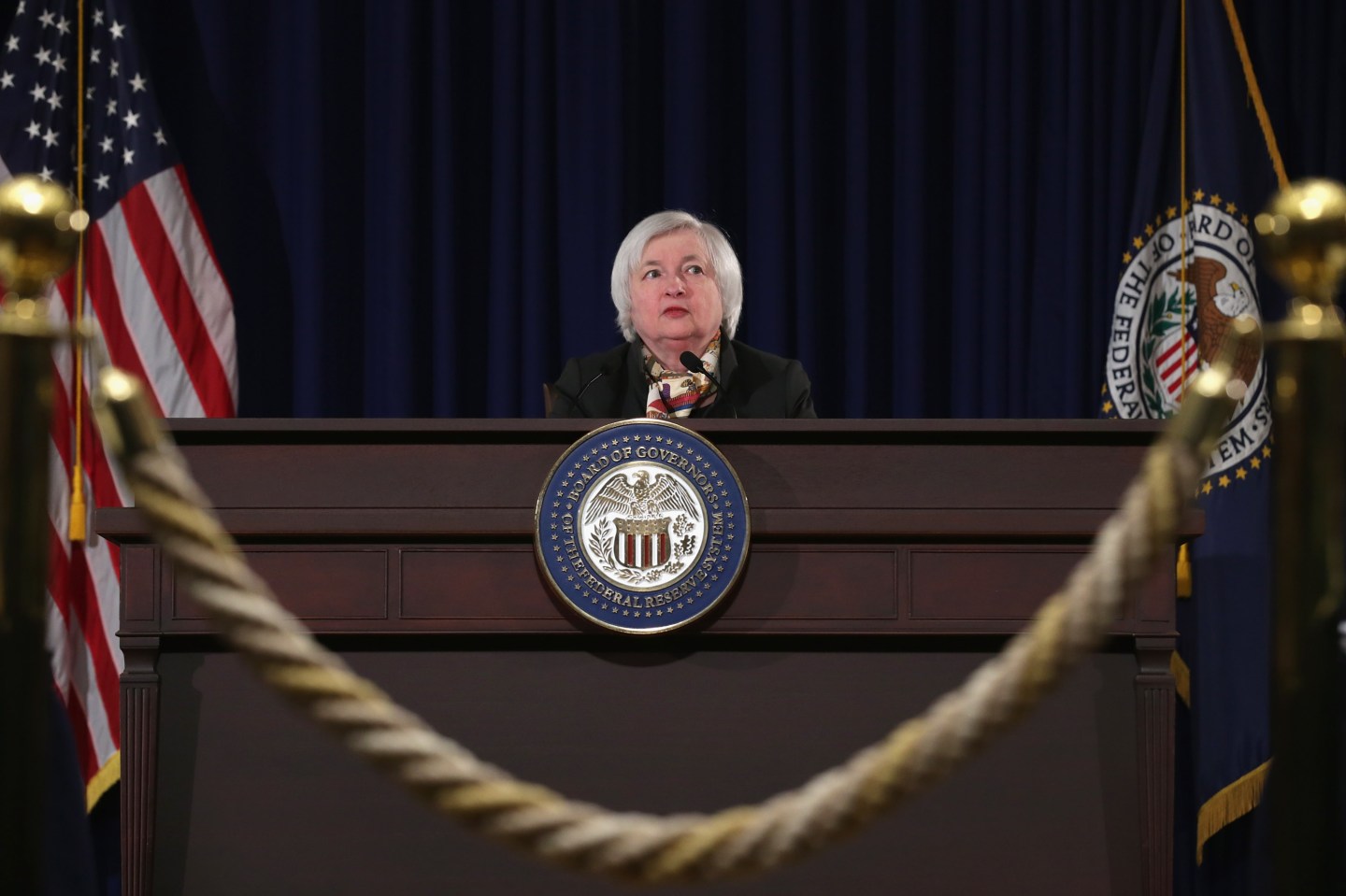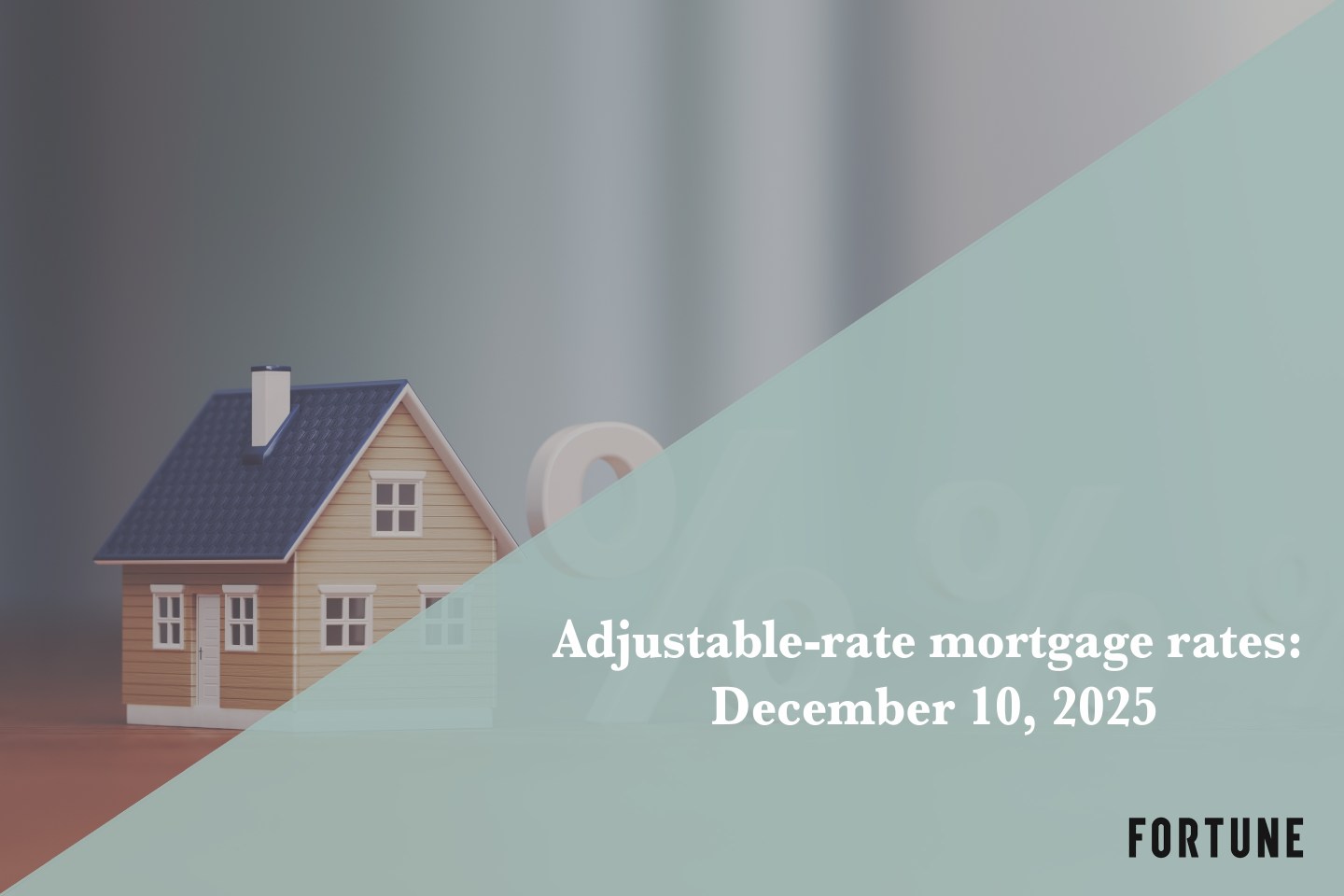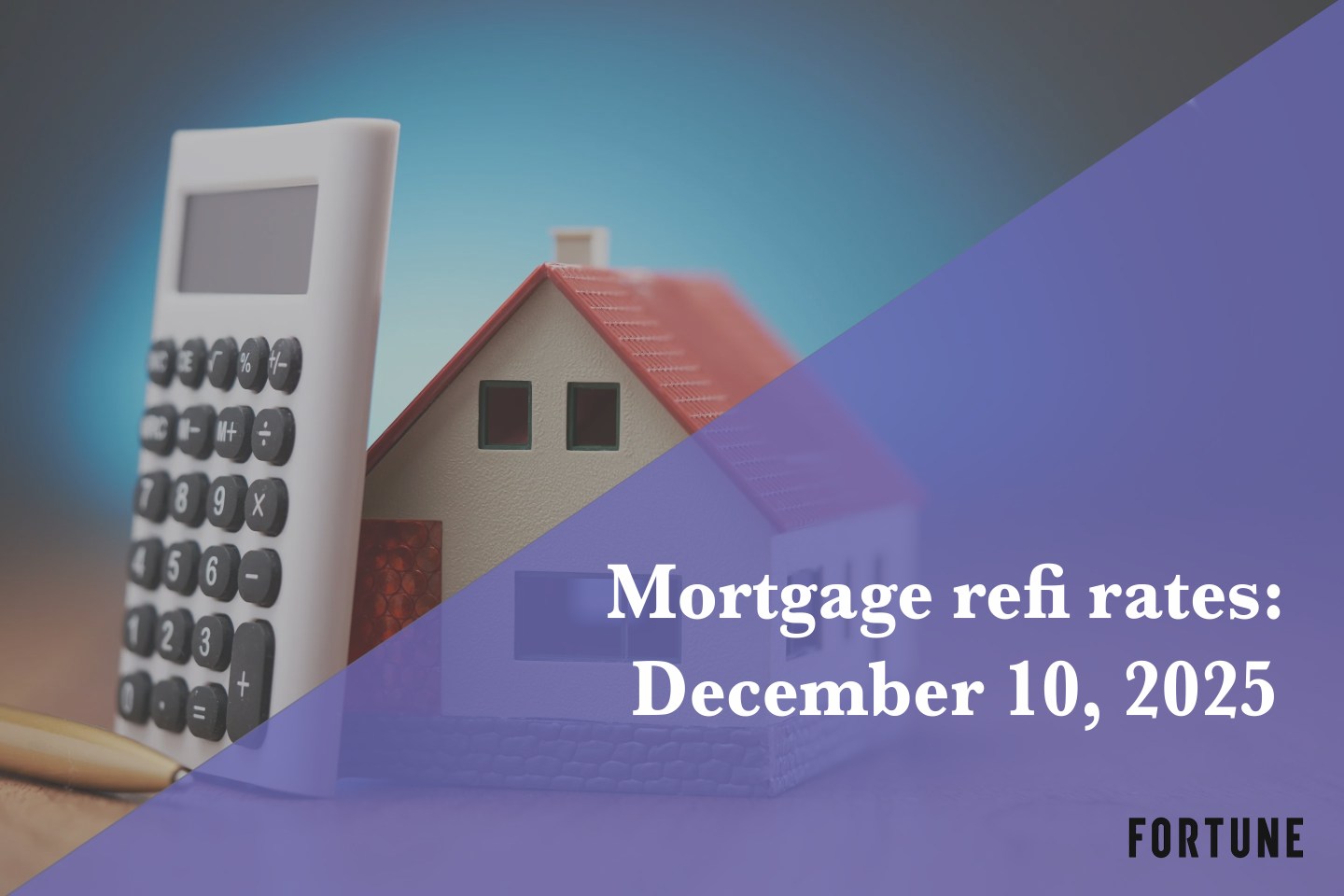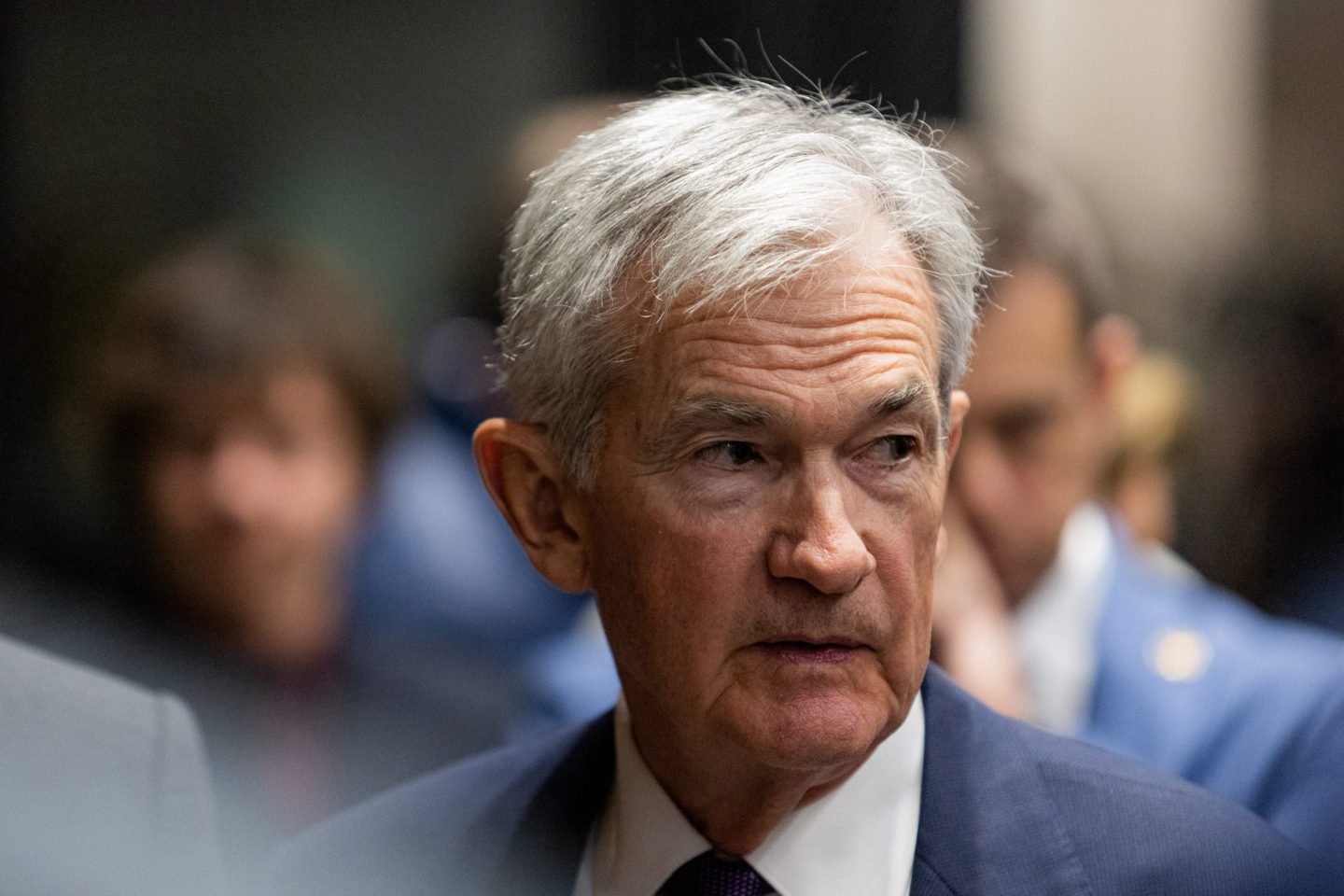In the midst of the worst market correction since the end of the Great Recession, really smart guys like former Treasury Secretary Larry Summers are calling in to question the conventional wisdom that the Federal Reserve will raise interest rates at the upcoming FOMC meeting in September.
Summers argues that since markets themselves are now, “dampening overconfidence,” there is no need for the Fed to raise rates, and that any desire to raise rates is a wishful longing for an economic past when steady economic growth didn’t demand near-zero rates. On Twitter this morning, Summers’ analysis took an even darker turn:
It is far from clear that the next Fed move will be a tightening.
— Lawrence H. Summers (@LHSummers) August 24, 2015
As in August 1997, 1998, 2007 and 2008 we could be in the early stage of a very serious situation.
— Lawrence H. Summers (@LHSummers) August 24, 2015
This sort of commentary is pretty scary coming from a guy who watched the most recent global financial panic from the front row. But it’s also true that stock market corrections, in which the market loses more than 10% of its value, are very common, even in bull markets. Before last week, it had been nearly 1,000 days since the last correction, when the average span between such events is 357 days, according to Deutsche Bank.
Stock market corrections happen all the time, and folks like Summers didn’t think the Federal Reserve should raise rates this year even before markets hit this rough patch. But if we take the Federal Reserve at its word—that its actions will be dependent on economic data—there’s no reason to believe that the Fed will take the latest market rout as a reason to step in and launch another bond buying program or even implement a program of negative interest rates.
As Neil Dutta, head of economic research for Renaissance Macro, pointed out in a note to clients Monday morning, the economic data that the Fed pays close attention to—like the unemployment rate, bank lending, and economic growth—suggest that the U.S. economy continues to, at the very least, tread, water or, in the case of employment growth, make clear progress. “Thus, the performance of the US data in recent weeks is not a sufficient reason for the re-pricing in financial markets,” he writes.
Furthermore, he points out that since exports to the Pacific Rim account for just 2% of U.S. GDP, even a 10% decline in trade to that region would only shave 0.2% off GDP growth for an entire year. This is certainly a situation worth monitoring for the Fed, but a sharp slowdown in China is not a game changer for the Federal Reserve.
That said, there has always been the chance that the Fed would decide to wait until December or even next year to begin raising rates. There’s a legitimate argument over just what the economic data says. Summers points out that, “more than half the components of the consumer price index have declined in the past six months, and that this is “the first time this has happened in more than a decade.”
This is true, but the Fed has publicly been wrestling with the question of why inflation hasn’t been higher for some time. While unemployment is clearly trending downward, there hasn’t been the sort of uptick in inflation that Fed leaders expect to result from a tighter labor market. When it comes to inflation, it’s actually more accurate to say that the Fed is “forecast dependent” because it must try to predict when inflation is on its way; it can’t be satisfied with a lack of inflation in its rearview mirror.
In other words, the decision to raise rates in September will be a difficult one based on fuzzy and sometimes conflicting data. But that would have been the case even if stock market volatility hadn’t increased so much in recent weeks.











